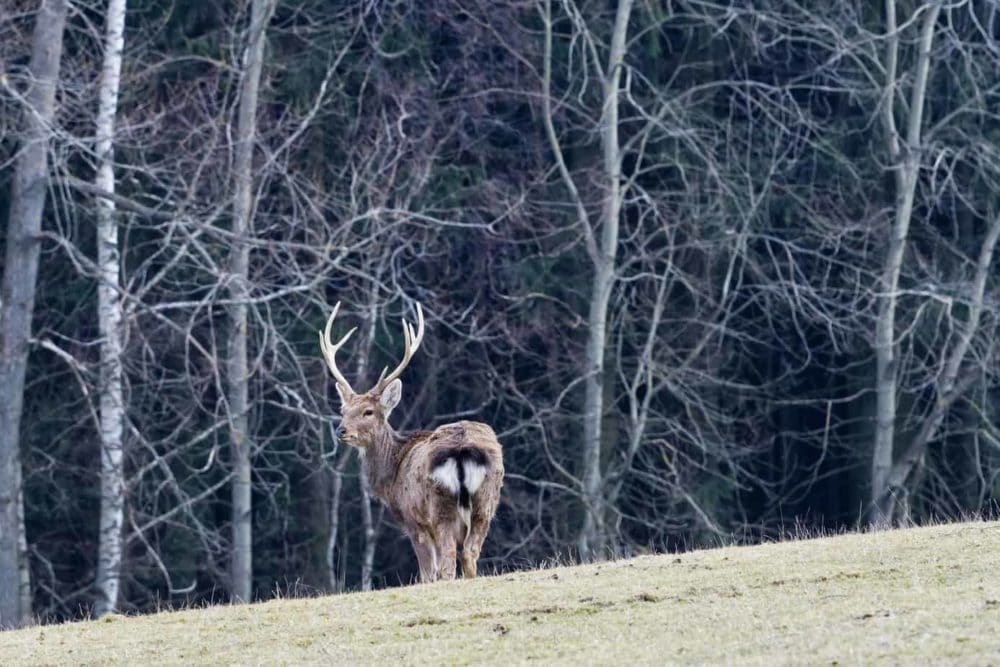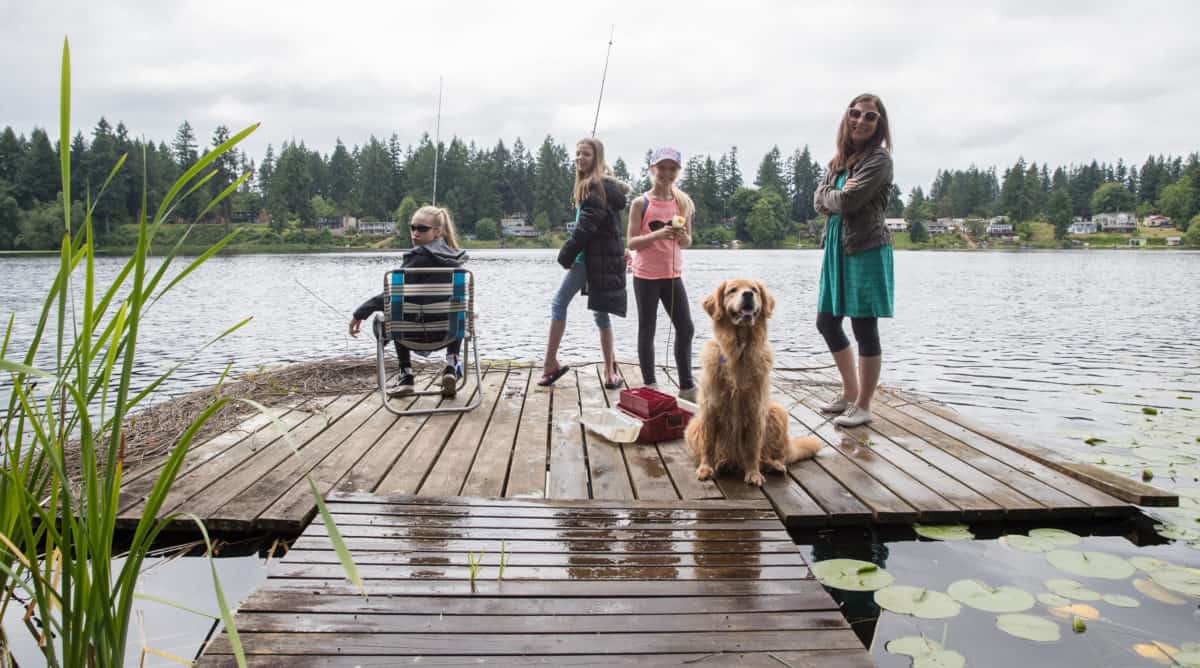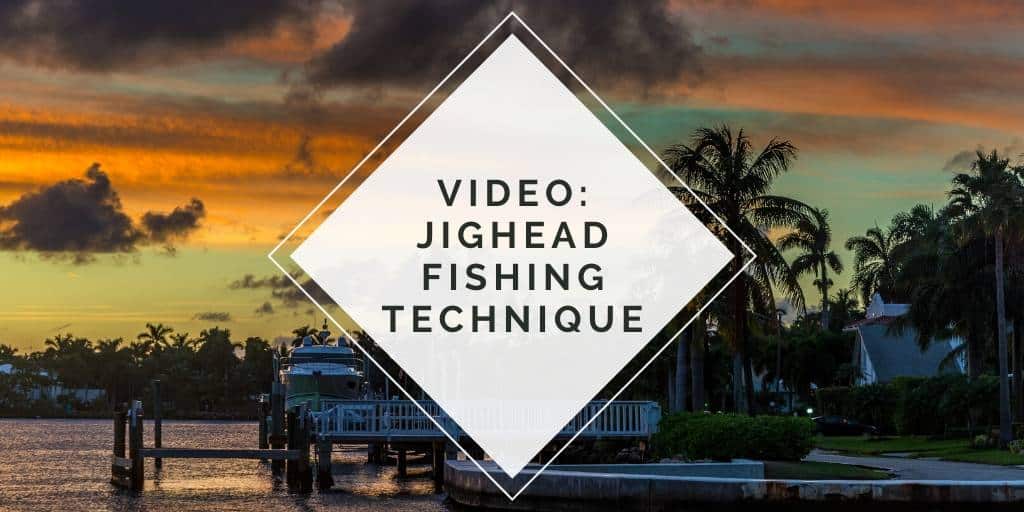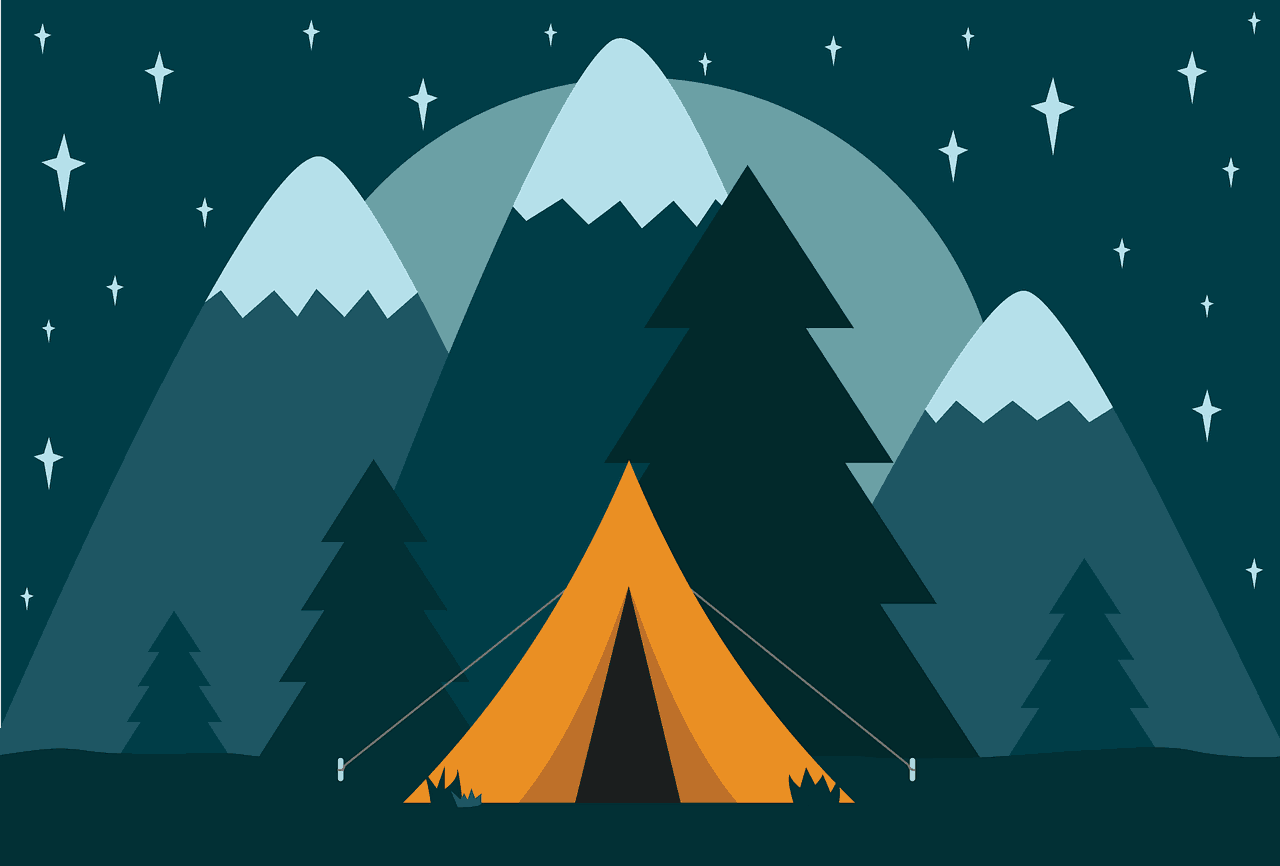
Deer hunting can be a lot of fun. Probably the most popular form of hunting in America, it has become a hobby and one of the activities on the list of many who’d love to go camping out in the wild. Going straight to the deer hunting tips (for want of space), here are some basics every beginner and intermediate hunter should know:
Your Weapon

The first thing to consider as you go deer hunting is your choice of weapon. Generally, the choice is between a bow/arrow and a firearm. You could be a rifle hunter or use the other alternative methods such as a bow, pistol, atlatl, etc. I’d use a bow, simply because of the challenge. Using bows is a lot harder as you need to put your stand closer (20 yards from where you hope to see the deer) against a rifle hunter who gets cleaner shots 200 yards away. Most bow-loving deer hunters get to learn to be smarter, faster and better focused to hit the target during any hunting. Another advantage of bow-hunting is a longer bowhunting season, which begins earlier and lasts until after, depending on the year and location. This enables you to get to hunt more with a bow than a gun.
Scouting

Hunting usually starts before the season with scouting. This involves going to your location to study the lifestyle patterns of the deer in that area. Scouting is almost like hunting, as you need to be calculative, quiet and observant, so as to understand the deer traveling and feeding patterns. General signs to look out for includes footprints and droppings on mud and snow, bedding areas and feeding patterns. Generally, if you can trace the deer’s bedding and feeding areas and you can tell where it’s coming from and going to. Since they prefer the paths with least resistance, look out for paths that are not too uphill and with less obstructing trees, and watch out for worn-down grasses and broken leaves.
Deer Hunting Seasons
Deer hunting season differs from state to state but is usually around the fall. Bowhunting enjoys the longest season as it lasts from September until sometime in February. There are the early seasons, the pre-rut, the rut, the post-rut and the late seasons of deer hunting, usually characterized by the deer activities at that period. The rut season is around November and is said to be the best of the deer hunting seasons, as this is the time when the testosterone of the bucks is raging and they are willing to take any risks to find a mate. These are times when you are likely to find them fighting other bucks and running around, even in open areas where you may have set up to catch them. The late-season is also a good time for hunting.
Scent Control and Camo

There are many differentcamo patterns made by outfitters to fit most environments. You need a winter camo with sparse green colors if you’re hunting a mule deer out west, because of the snowy environment in the mountains. You will need a forest tan for whitetail deer hunting in the east because all the leaves may have fallen, leaving the forest dead brown.
Besides your appearance, it is important you also camouflage the human smell as much as possible as deer smell better than they see. Wash your body and clothes with detergents and scent-free soaps and store them in a box filled with pine needles, leaves and other stuff from the forest for a few days before
going hunting. There are also cover-up sprays you can use to assist in covering up your scent when you’re out in the woods.
Scents, Calls, and Decoys
You can set up a fake, realistic-looking to attract other deer. Fake does or young immature buck decoy deer are great for bringing in bucks in the rut. The bucks would be looking for mates, as well as smaller bucks to drive out of their territories. The next is a good deer scent to convince the deer that it is another deer out there. Deer smell so well and actually communicate with smells. There are therefore many different deer scents designed to allure deer in many ways. Finally, you need to learn to mimic deer calls, such as buck grunts and doe bleats to bring them to you.
Set up a Treestand
Tree stands are better than blinds because they’re situated high off the ground. With a tree stand, you get a better view of your surroundings, as well as better shot. The height is also good for concealing your scent.
Tree stands are good for places where you can find good deer trails converge or feeding areas. Ensure you set up the tree stands before your hunting begins, preferably before the season starts. Tree stands can be dangerous if you don’t enter them safely. To be safer, use a tree harness to fasten yourselffrom falls. Footholds and proper forms are good for tree-climbing as well.
You may also need a phone in areas where there is service in case of accident emergencies. Also, inform someone of your whereabouts. This should help them find you in case you don’t return as scheduled.
Orientation
How good is your orientation?Your previous scouting should be of help here.Picture the deer’s movement in your mind, and with your experience, imagine what a deer would probably do while walking that area. This should prepare you to take the right shot. The art of patience comes in handy while waiting for deer to shoot. You may find yourself waiting for a long long time in anticipation. A book or your phone can provide the company while you wait.
Taking the Shot
Deer are skittish animals. They are always on the lookout for danger, sniffing and looking around as they go. As you grow in your bow-hunting experience, you should be able to smell an approaching deer, especially a buck in the rut, who snorts and grunts and gives out scents as he searches for mates. Armed with the sounds and smells, you know when a deer starts approaching, get in position and quietly wait to take the shot.
Shooting is where all the challenge and fun inbowhuntinglies. Using a bow entails that you be much closer to your targetto get a precise target acquisition. Maximum rangesdiffer, depending on bow types and positioning. It’s usually an average of 20 yards and not more than 30. Hit the deer at the right spot and aim for the vitals, such as the heart, lungs, and liver for a more perfect kill.
Now that you’re sure you hit your target, do not run off immediately to go get your game. Take your time, follow the blood trails to the spot where the deer may have run to until it beds down to die. It is usually not farther than a few hundred miles.





